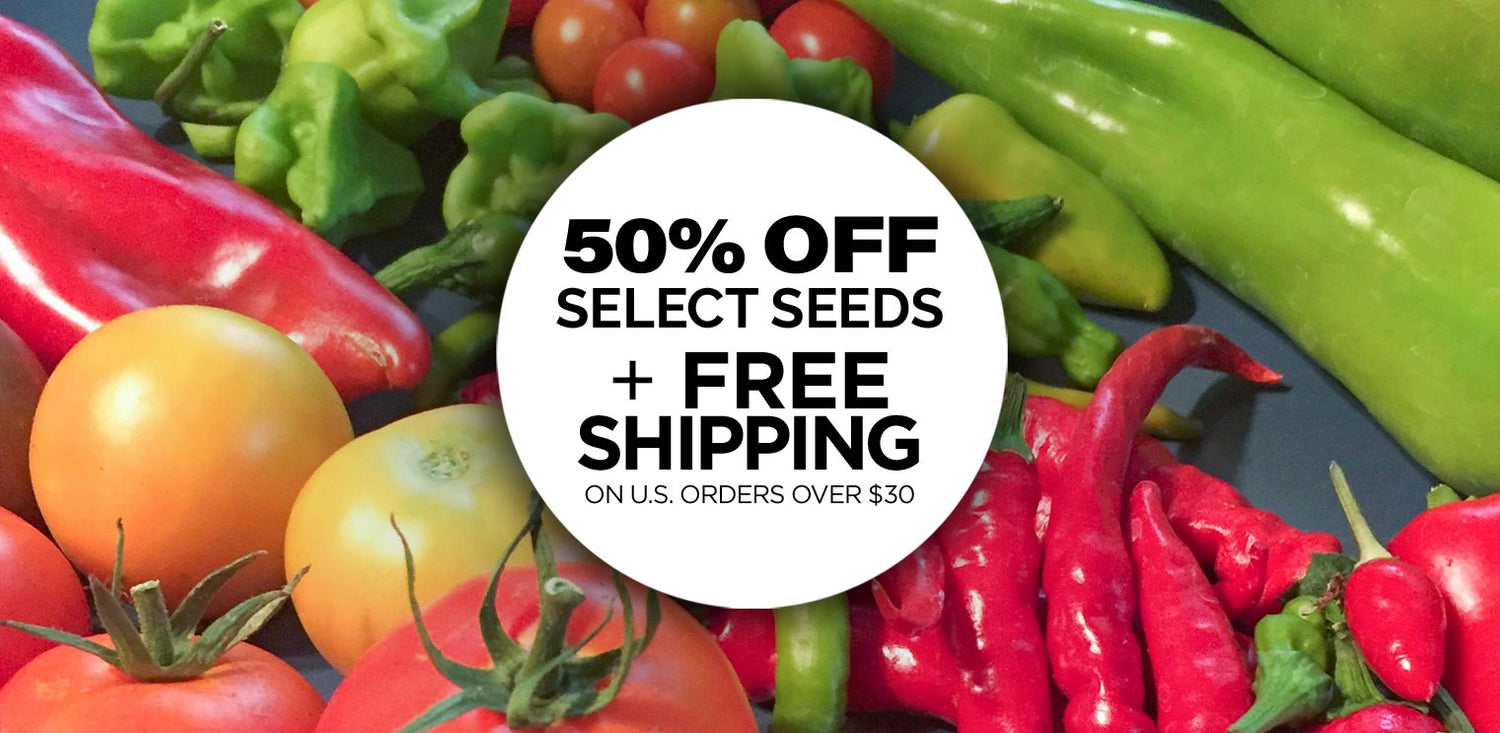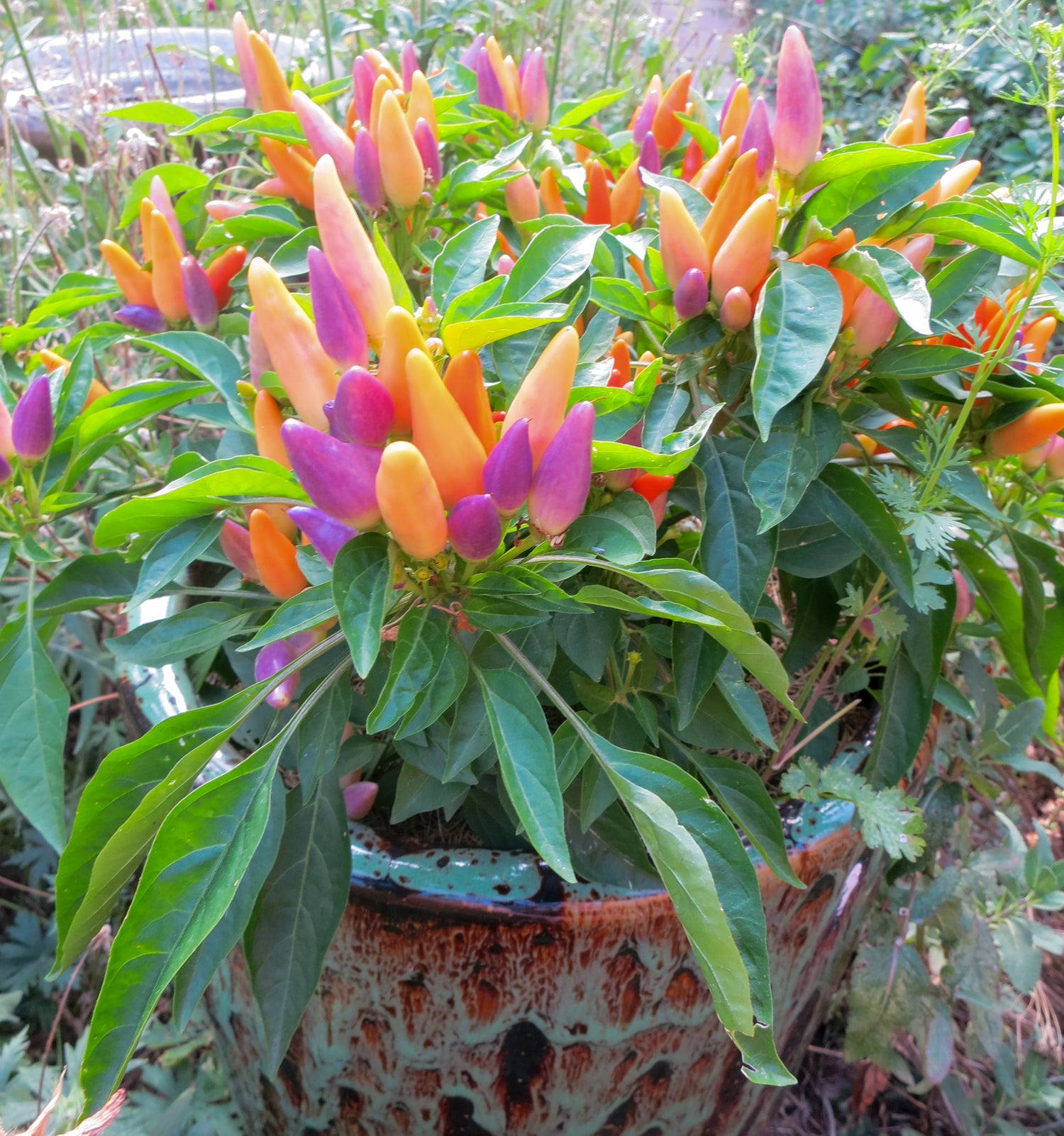
Seed saving is easy! Growing from seed is the most economically sustainable way to garden and it has the most potential to produce abundance. Saving seed is easy and it doesn’t take any expertise or special training. There are no mistakes and you might just come up with a new variety. Seeds have the ability to adapt to their local environment and are more ecologically resilient and sustainable when saved.
First, start with a self-pollinating crop. Then you do not have to rely on insect or wind pollination for success.
Self-pollinating crops include: Peppers, Tomatoes, Beans. Peas, and Lettuce.
Peppers: Let the pepper dry out completely. Once it is dry collect the seeds and place them in an envelope.
Beans: Let the pods dry or hang the whole plant upside down to dry. Once it is completely dry collect the seeds and place in an envelope.
Peas: Let the pods dry out and collect the seeds. Place them in an envelope.
Lettuce: Lettuce seeds develop on the flowering stalk that grows above the main leaves. Choose a lettuce plant that bolts later in the season, because you do not want to be selecting for early bolting characteristics. Let the seeds dry and place in an envelope.
Tomatoes: Slice the tomato in half and squish out all the seeds and juice into a cup. Set the cup on the counter in a warm place for the seeds to ferment. The white stuff that forms on top is a mold that sterilizes the seeds (think penicillin). The good seeds will fall to the bottom in 3-5 days. Pour out the good seeds, rinse, and put them on a plate to dry. Place them in an envelope.
Keep all your envelopes in a cool, dry and dark place until it is the right time to plant.



















